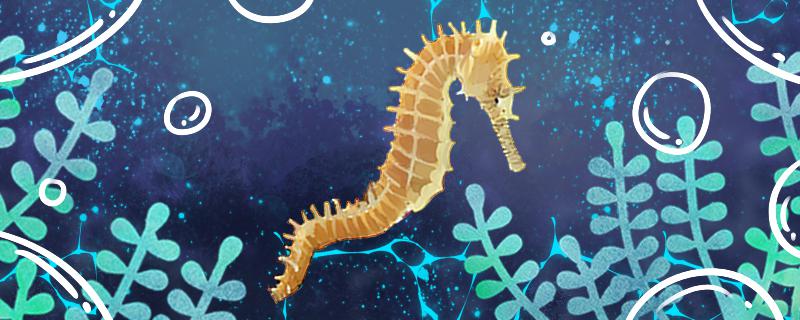
? Seahorses belong to fish. They live in tropical oceans. They are small marine organisms. They belong to Osteichthyes in taxonomy. Because they breathe with gills and have spines and dorsal, pectoral and caudal fins, they conform to all the characteristics of fish. Although they have fins, their heads are at right angles to their bodies, and their heads are like horse heads, so they are called seahorses. They like to live in corals or reefs, and because they are not good at swimming, they need to catch corals or seaweeds with their tails to fix them. Although they are called seahorses, they generally live at the junction of rivers and seas, and can even survive in fresh water.
of seahorses? 1. Spiny seahorses: The body length of spiny seahorses is about 15-20 cm, the snout tube is longer, the spines of each joint of the body and the head are more obvious, the body color is light yellow, and the tip of the spines is black.
2. Hippocampus trimaculatus: The body length of Hippocampus trimaculatus is generally 10-17 cm, the head is smaller, there are five shorter spines on the top of the head, the snout tube is shorter, and the length is generally half or one third of the head.
3. Hippocampus japonicus: Hippocampus japonicus is common in the coastal areas of Guangdong and Hainan Island in China. Its body length is generally 20-30 cm, its crown is relatively low, and there are five short spines on the top of its head.